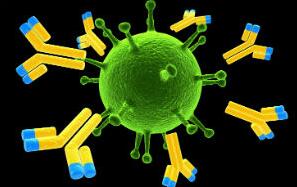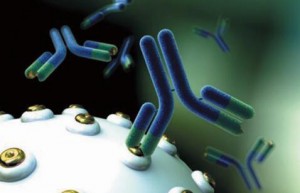Currently, more than 7, 000 kinds of naturally existed polypeptides have been identified, and these polypeptides play a key role in human physiology, including hormones, neurotransmitters, growth factors, ion channel ligands, as well as anti-inflammatory effects. In the past decade, polypeptides have been applied widely in the pharmaceutical and biotechnology fields; therapeutic polypeptides are also undergoing a commercial renaissance.

Multifunctional peptides, especially the GLP-1 agonists, have gained large-scale development in the metabolic realm. Cell-penetrating peptides technology has good targeting but such peptides have faced with the loss of bio-availability aspects. In fact, among those naturally existed polypeptides, some are representative agents with excellent therapeutic functions, such as Tumor Antigen-derived Peptides. In metabolic area like gut, microbes contain rich diversity of bacteria that can identify the protein fragments, degradation products, as well as new peptides produced by signaling molecules. With the deepening of microbiological studies, it will bring a wealth of opportunities for peptide therapeutics.
However, as for innovative peptide drug development, chemists must surpass conventional peptide technology. Among them, multifunctional peptides on behalf of a variety of pharmacological activities could be seen as an emerging technology in the field, such as double or even triple agonism. This method is based on genomic information needs. Obviously, in terms of knockout animals, only a single gene can be knocked out, which means there is no clear phenotype.
In addition, although the G protein coupled receptor (GPCR) has successfully identified several selective agonists and antagonists into clinical development, only a few of corresponding ligands can ultimately receive the drug approval. On one hand, drug development has provided effective biological systems and multi-target programs. While on the other hand, it provides opportunity for poly-pharmacological approaches aimed at patient population to complement more personalized treatment.
Specifically, current developing multifunctional peptides including antimicrobial peptide drug candidates always possess an additional biological function, such as immune-stimulating and wound healing. Multifunctional peptides have made advances in GLP-1 agonist field; several products have been approved for marketing and achieved great commercial success, including Byetta, Bydureon, Victoza, Lyxumia, Tanzeum, DOTA-cyclo(RGDfK) acetate, etc. In addition to multifunctional peptides, there is a focus on improving patient convenience and compliance, therefore, for the less frequent administration or oral GLP attempt, more efforts are in the conduct of clinical development.

In recent years, with the development of technology, the permeability of membrane element implant has emerged, including the cell-penetrating peptides. Taking penetrating or trans-activator of transcription (TAT) sequence as an example, it is necessary to make it realize arrival intracellular target. Such peptides are challenged by loss of potency for further functions. Another important aspect in the development of cell-penetrating peptides is that it must also consider whether the nature of the molecule is similar to those of small molecules, including low specificity, because the increase in the volume of distribution may lead to greater security risks.
It is worth mentioning that polypeptides can form conjugate together with small molecules, oligoribonucleotides and antibodies, as a new means to develop innovative peptide drugs with improved efficacy and safety role. For example, in the field of oncology, such a method has gained interest in the industry, more than 20 polypeptide conjugates in clinical trials.
The future development of polypeptide drugs will continue to rely on the advantages of native peptides, combing with traditional design concept to improve its weaknesses, such as the chemical and physical properties. In brief, new peptide technology, including multifunctional peptides, cell-penetrating peptides and peptide drug conjugates, will help expand the applicability of modern therapeutic peptides. Taking into account of all the factors above, it’s reasonable to believe a fact that peptides will have a vast prospect for medical needs, as an effective therapeutic treatment in the future.